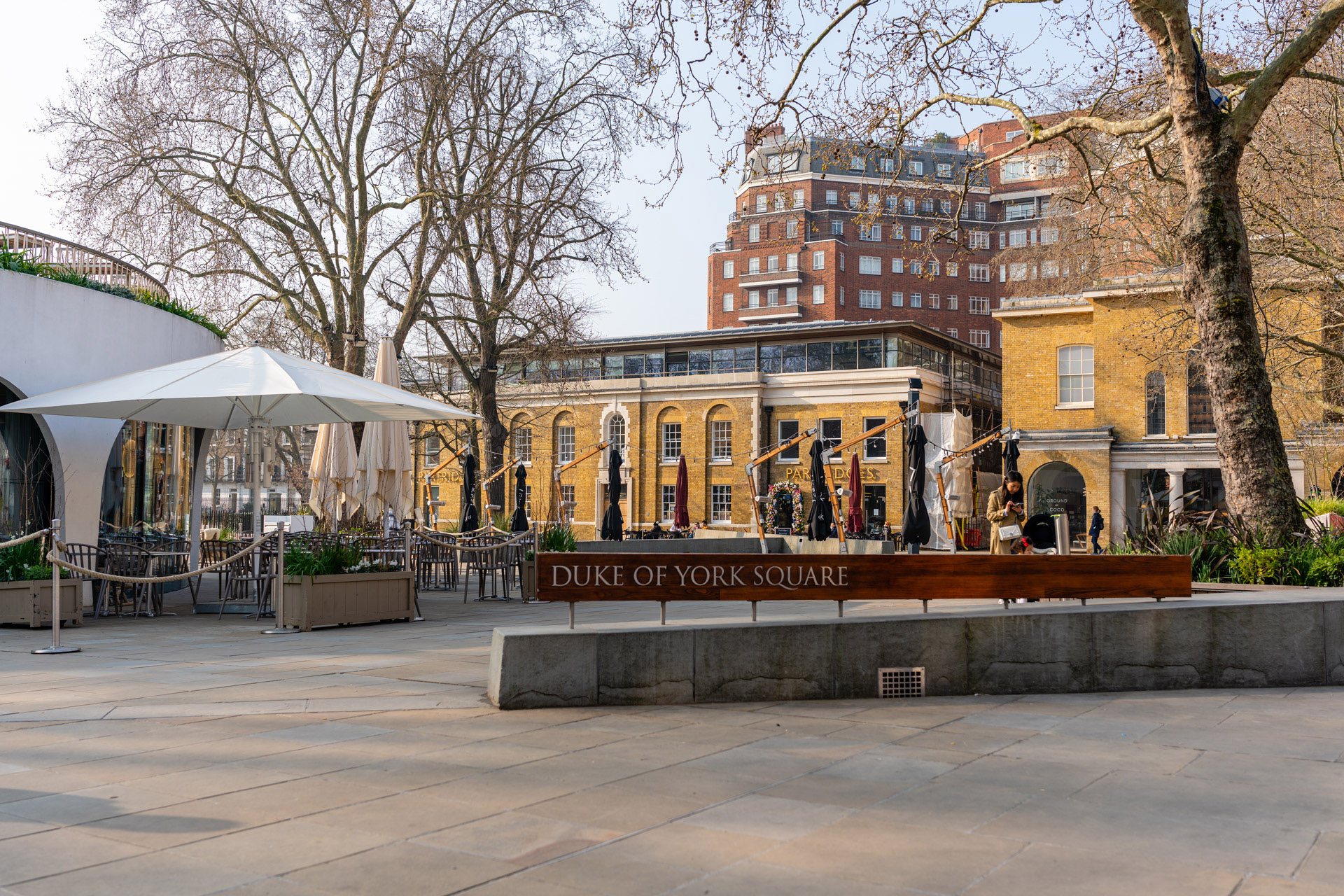Chelsea Arts Festival is set to take over London’s most prestigious postcode in September – but this wasn’t always the place to be (and be seen). Here are 5 things you might not know about Chelsea.
The King’s Road
Wondering which King gave his name to Chelsea’s main street? It was King Charles II, who longed to journey from St James’s Palace to Kew without public intrusion. The solution was the construction of a private road at the end of the 1600s, kickstarting Chelsea’s exclusive allure. The road remained private for many years and entry was controlled through three toll houses stationed along its length. Passage required presenting a special copper token, each distinctively debossed with The King’s Private Road on one side and the King’s royal monogram on the other. From 1830 public access was granted.
Sloane Street’s Formation
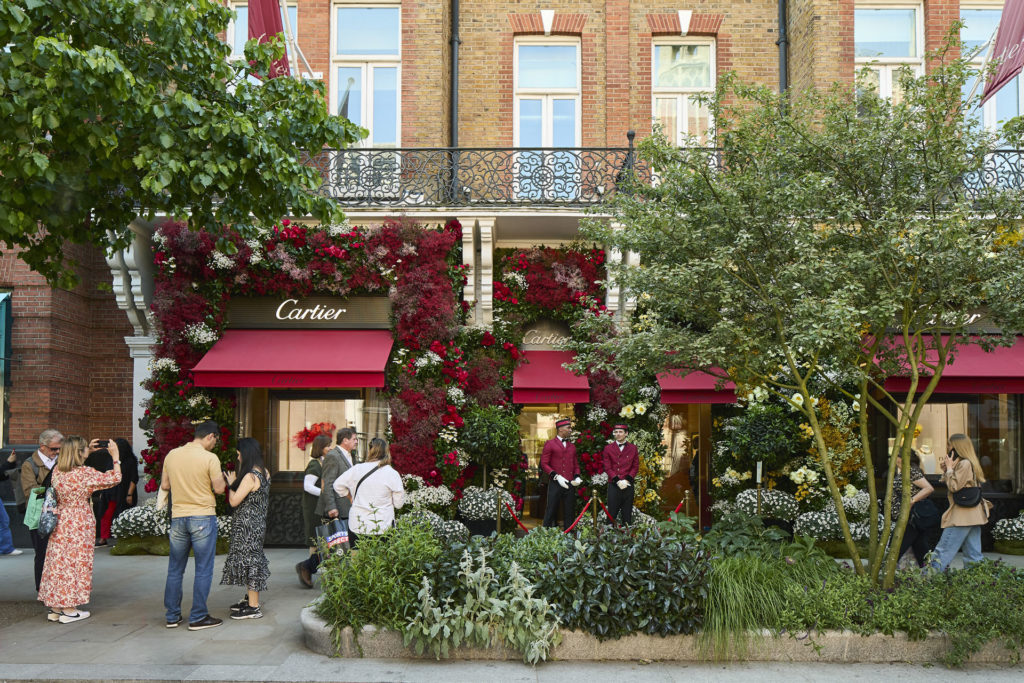
Before Sloane Street was commissioned by the 1st Earl Cadogan, Charles Sloane, in 1777, the journey from Knightsbridge to the King’s Road entailed a kilometre-long trek across a medley of fields. By this time, Knightsbridge had blossomed into a popular and prestigious residential area on the edge of London while riverside Chelsea was still practically rural, home to grand out-of-town residences including one of King Henry VIII’s manors (and, of course, cut through by the King’s Road). Meanwhile, today’s Belgravia was a dangerous no man’s land known as Five Fields, home to frightful highwaymen London’s nobles were keen to avoid – so the trek across those fields was undesirable to say the least. Sloane Street would resolve this and, by the end of the 18th century, Charles Sloane would develop more than 90 acres of the Chelsea area with the help of Henry Holland, including Sloane Square, laying the foundations for the spiritful Chelsea we know today.
Sloane Street’s recent transformation is actually the most significant scheme of improvement it has seen since those early years. Recent changes include new lighting and planters, as well as plenty of new destinations to eat, drink and shop.
Jane Austen’s Brother
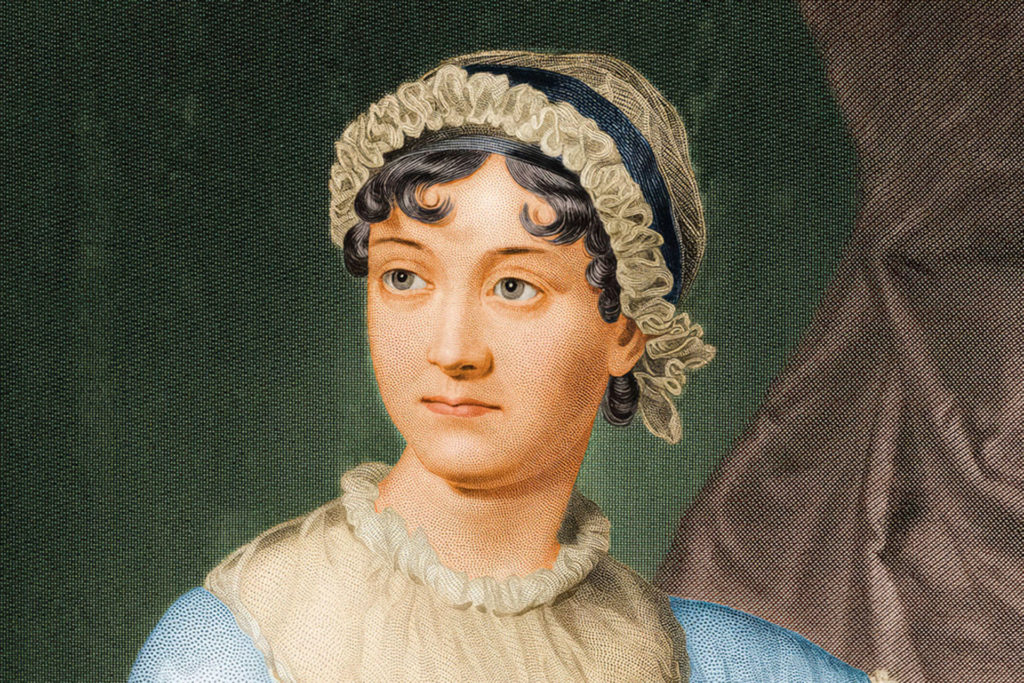
Drapers, tailors, hosiers and milliners served the fashionable local residents of Chelsea in the early 19th century, foreshadowing Chelsea’s stylish reputation which would blossom a century later. One of these 19th century residents was Jane Austen’s brother, Henry (before he moved to Marylebone). He first lived at 64 Sloane Street, before moving to 23 Hans Place in 1814; Jane visited her brother at both addresses, staying for a longer period of time at the latter when Henry fell ill in autumn 1815.
An Artist’s Neighbourhood
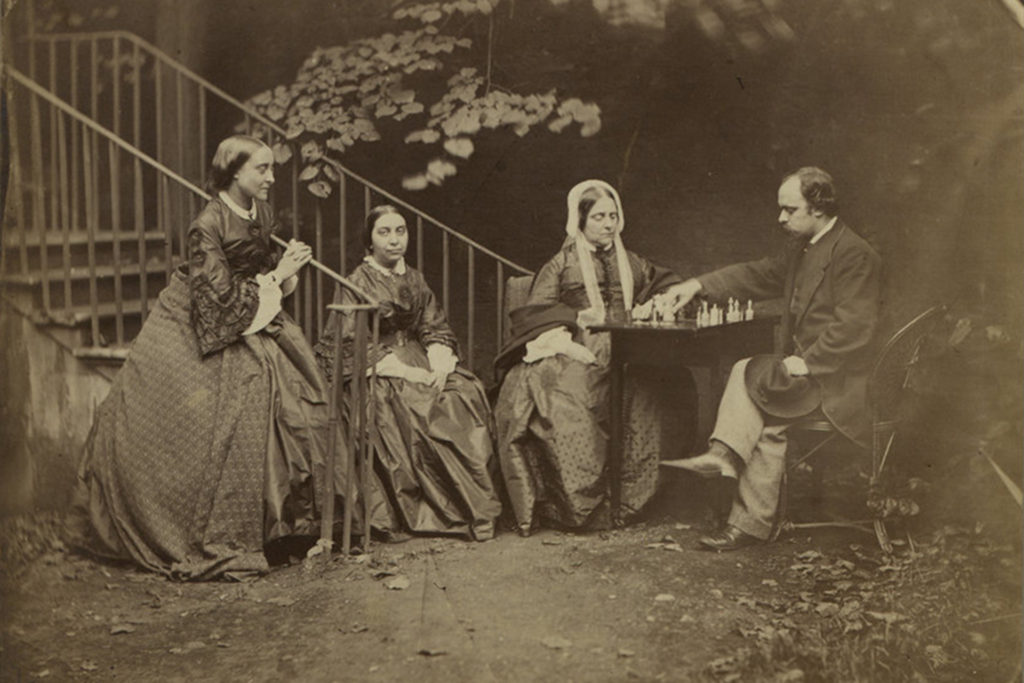
Henry Austen was a banker, but Chelsea was beginning to attract bohemian artists in the 19th century, including J.M.W. Turner, James McNeill Whistler, John Singer Sargent and Dante Gabriel Rossetti. The latter, a Pre-Raphaelite painter and poet, lived by the river at 16 Cheyne Walk, where he cultivated an exotic garden housing peacocks and a wombat.
The Chelsea Bun
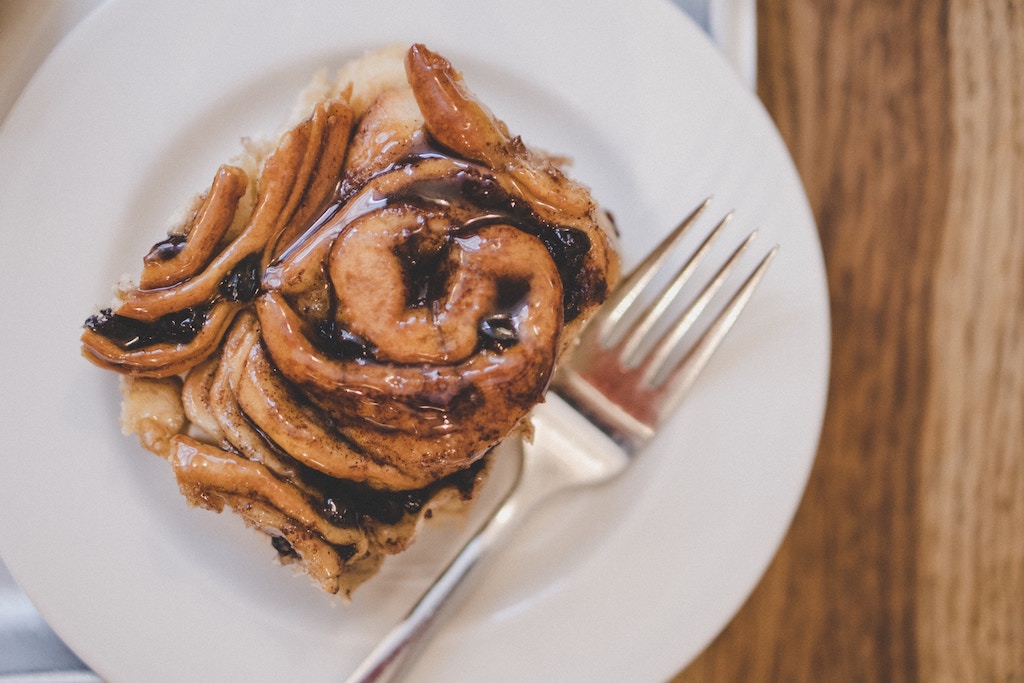
In 1712, Gulliver’s Travels author Jonathan Swift, wrote: ‘Pray, are not the fine buns sold here in our town; was it not rare Chelsea buns? I bought one today in my walk; it cost me a penny; it was stale, and I did not like it…’ Three centuries later, Swift remains outnumbered by this popular sweet treat, which takes its name from the old Chelsea Bun House that first baked it in the 18th century. A currant bun favoured by the royal House of Hanover, it was made up of a rich yeast dough flavoured with lemon peel and cinnamon or other mixed spices, similar to today’s cinnamon roll. While the bakery was demolished in 1839, the sticky bun lives on.



